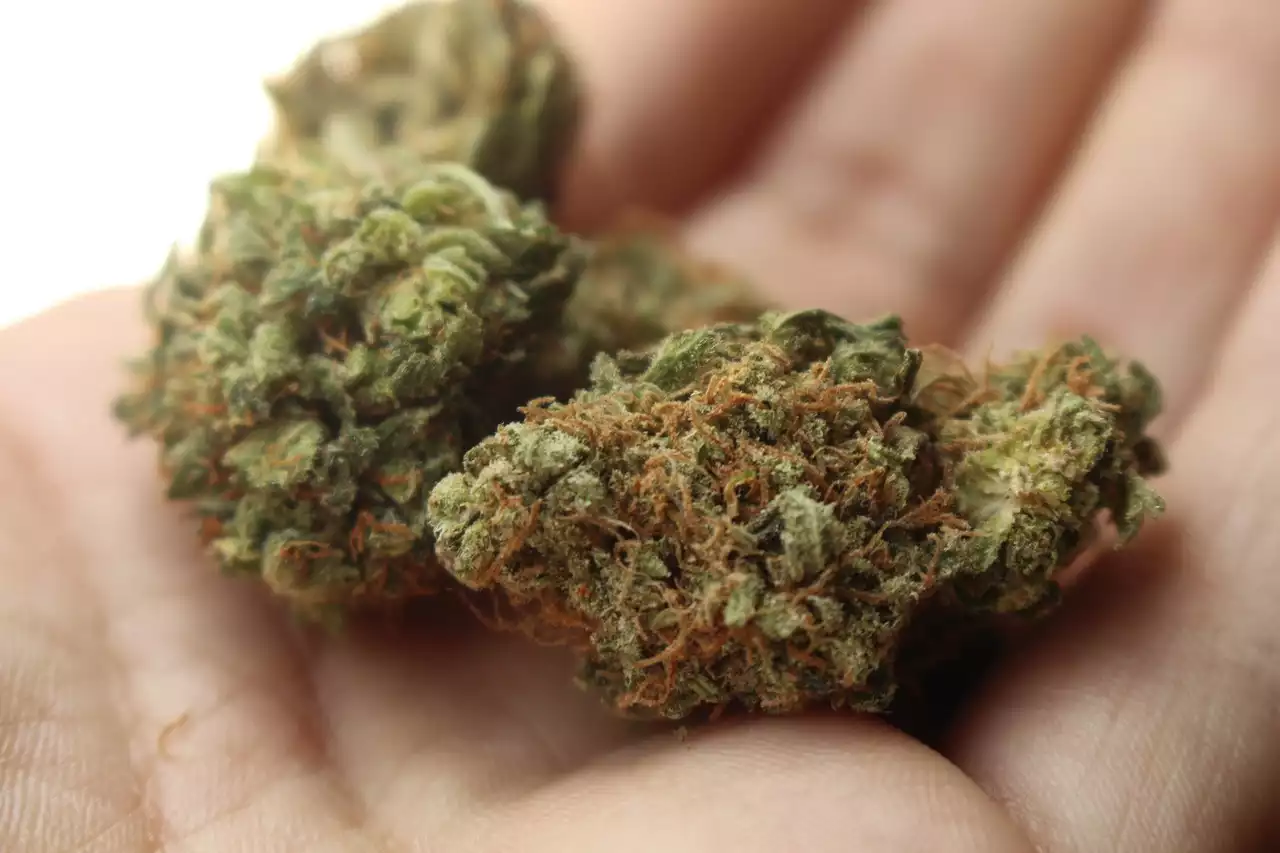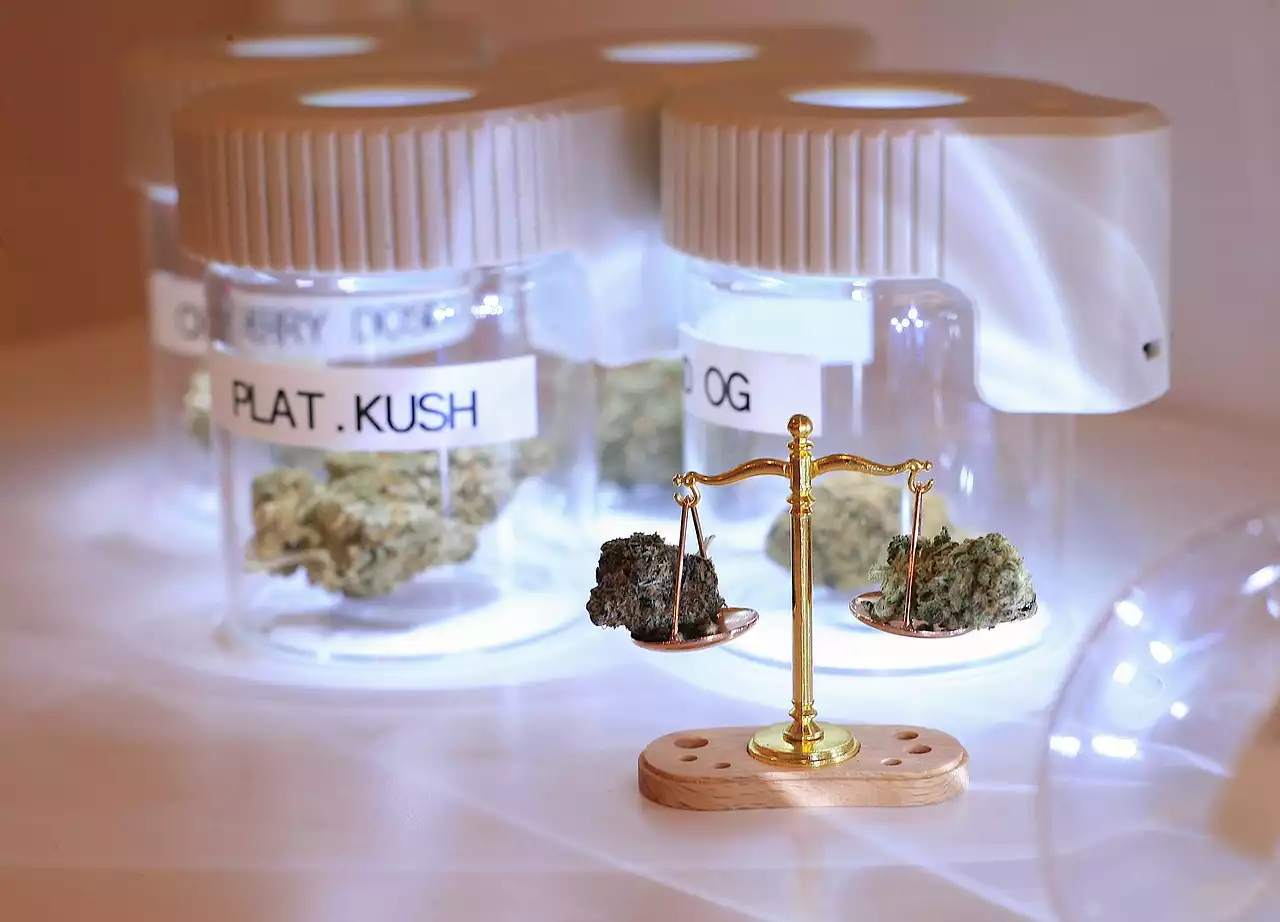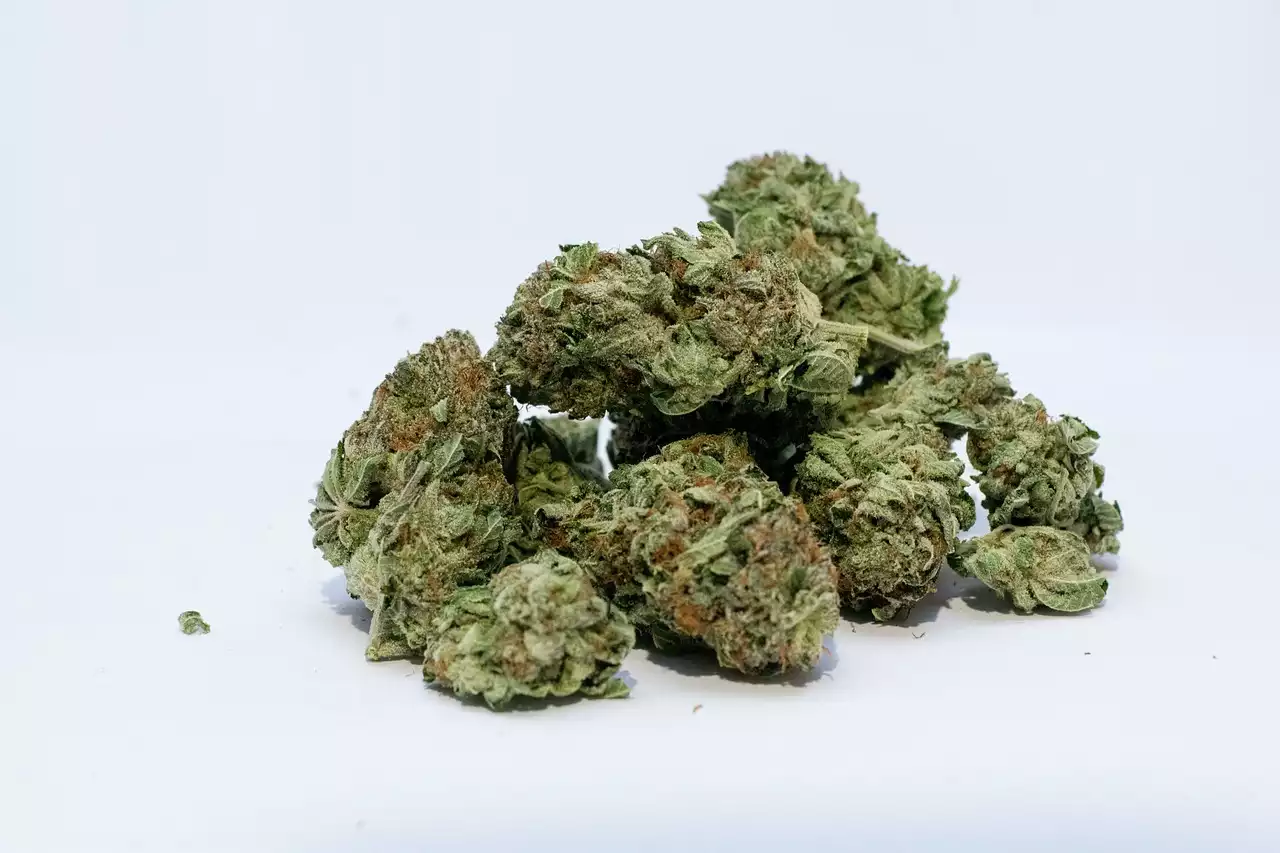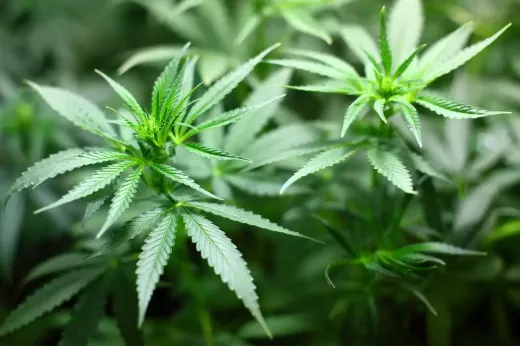Understanding the difference between Indica and Sativa strains
When it comes to cannabis strains, the terms "indica" and "sativa" are often used to describe the plant's physical and chemical characteristics. Indica strains typically have broad leaves, a shorter flowering time, and are known for their relaxing and sedating properties. On the other hand, sativa strains generally have narrow leaves, a longer flowering time, and are associated with energizing and uplifting effects.
It's important to note that the effects of cannabis can vary depending on factors such as the strain's cannabinoid and terpene profiles, as well as an individual's unique body chemistry. However, understanding the basic differences between indica and sativa strains can help guide your decision-making process.
Effects of Indica strains
Indica strains are well-known for their calming and soothing effects. They are often recommended for evening use or if you need help with sleep and relaxation. Indica strains tend to have higher levels of the cannabinoid called THC (tetrahydrocannabinol), which is responsible for the euphoric and sedating effects commonly associated with cannabis.
The relaxing properties of indica strains make them popular among individuals seeking relief from anxiety, stress, and chronic pain. Indica strains can also help with muscle spasms and inflammation. The sedating effects of indica strains can promote a deep and restful sleep, making them a great choice for those struggling with insomnia.
Effects of Sativa strains
In contrast to indica strains, sativa strains are known for their energizing and uplifting effects. They are often recommended for daytime use or if you're looking for a boost in focus, creativity, and productivity. Sativa strains typically have higher levels of the cannabinoid called CBD (cannabidiol), which is known to have more uplifting and mood-enhancing effects.
The energizing properties of sativa strains make them a popular choice among individuals who want to stay active and engaged throughout the day. Sativa strains can provide a cerebral high that enhances creativity and promotes social interactions. They can also help combat fatigue and increase motivation, making them ideal for those needing an extra push to get things done.
Hybrid strains and their effects
In addition to pure indica and sativa strains, there are also hybrid strains that combine the characteristics of both. Hybrid strains are bred to create a specific balance of effects, allowing users to experience a combination of relaxation and energy. These strains can be tailored to suit individual preferences and desired outcomes.
Hybrid strains can vary in their indica-to-sativa ratio, with some leaning more towards indica or sativa dominance. This means that you can find hybrids that provide a gentle uplift with a touch of relaxation or ones that offer a balanced blend of both effects. The versatility of hybrid strains makes them a popular choice among cannabis users who want a customized experience.
Choosing the right strain for your needs
When selecting a cannabis strain, it's important to consider your personal preferences, desired effects, and any specific medical or recreational goals you may have. Here are some factors to consider when choosing the right strain for your needs:
1.
Effects: Determine whether you're looking for relaxation, energy, or a combination of both. Consider the activities you'll be engaging in and the time of day you plan to use cannabis.
2.
Terpene profiles: Terpenes are aromatic compounds found in cannabis that contribute to its unique smell and flavor. Different terpenes have different effects, so it's worth exploring strains with specific terpene profiles that align with your desired outcomes.
3.
THC and CBD levels: Take into account the cannabinoid composition of the strain. Strains with higher THC levels tend to be more potent and may have stronger psychoactive effects, while strains with higher CBD levels are generally associated with more balanced effects.
4.
Flavor and aroma: Consider the taste and smell of the strain, as this can greatly impact your overall experience. Some strains have fruity or floral flavors, while others may have earthy or spicy notes.
By considering these factors, you can narrow down your options and choose a strain that aligns with your preferences and desired experiences.
Medical benefits of Indica and Sativa strains
Both indica and sativa strains have been found to offer various medical benefits, thanks to their unique cannabinoid profiles. Here are some common medical uses for each strain:
1.
Indica: Indica strains are often recommended for individuals seeking relief from chronic pain, muscle spasms, and inflammation. The relaxing and sedating effects of indica strains can also help with sleep disorders such as insomnia and promote relaxation in individuals with anxiety or stress-related conditions.
2.
Sativa: Sativa strains can be beneficial for individuals suffering from mood disorders, depression, and fatigue. The uplifting and energizing effects of sativa strains can boost mood, increase focus, and provide a burst of motivation for those lacking energy or struggling with mental fog.
It's important to note that medical cannabis use should always be done under the guidance of a healthcare professional who can provide personalized recommendations based on your specific medical condition.
Recreational use of Indica and Sativa strains
In addition to their therapeutic benefits, both indica and sativa strains are widely enjoyed recreationally. The different effects of these strains allow users to tailor their cannabis experience to suit their desired recreational activities and social interactions.
Indica strains are often associated with relaxation and can be enjoyed during quiet evenings at home or when winding down after a long day. The sedating effects of indica strains can enhance activities such as watching movies, reading a book, or practicing meditation.
Sativa strains, on the other hand, are preferred for social gatherings, creative pursuits, and outdoor adventures. The energizing effects of sativa strains can promote lively conversations, enhance artistic endeavors, and provide an extra boost of energy for physical activities such as hiking or dancing.
Common misconceptions about Indica and Sativa strains
It's worth addressing some common misconceptions about indica and sativa strains that have emerged over the years. One misconception is that indica strains always make you sleepy, while sativa strains always make you energetic. While these generalizations can be helpful for initial guidance, the effects of cannabis can vary greatly depending on the strain, individual tolerance, and dosage.
Another misconception is that indica strains are stronger than sativa strains. The strength of a strain is determined by its cannabinoid content, not its species. Both indica and sativa strains can have high levels of THC, which is the primary psychoactive compound in cannabis. It's important to choose a strain with a THC level that aligns with your tolerance and desired effects.
Growing Indica and Sativa strains at home
If you're interested in cultivating your own cannabis plants, both indica and sativa strains can be grown at home, given the right conditions and resources. However, it's important to note that growing cannabis may be subject to legal restrictions in your jurisdiction, so be sure to familiarize yourself with the applicable laws and regulations.
When growing cannabis, factors such as lighting, temperature, humidity, and nutrient levels need to be carefully controlled to ensure healthy plant growth. Indica strains generally have a shorter flowering time and are more suitable for indoor cultivation due to their compact size. Sativa strains, on the other hand, tend to have a longer flowering time and require more vertical space.
Conclusion: Which strain is right for you?
In the world of cannabis, choosing the right strain is a personal decision that should be based on your individual preferences, desired effects, and specific goals. Whether you're seeking relaxation and stress relief or an energetic boost, understanding the differences between indica and sativa strains can help guide you in finding the perfect fit.
Remember to consider factors such as the strain's effects, terpene profiles, THC and CBD levels, and flavor and aroma when making your decision. It's also important to consult with a healthcare professional if you're considering cannabis for medical purposes.
Ultimately, the best way to determine which strain is right for you is through experimentation and self-discovery. Everyone's experience with cannabis is unique, so take the time to explore different strains and find the one that enhances your well-being and aligns with your desired outcomes.
Happy exploring!













